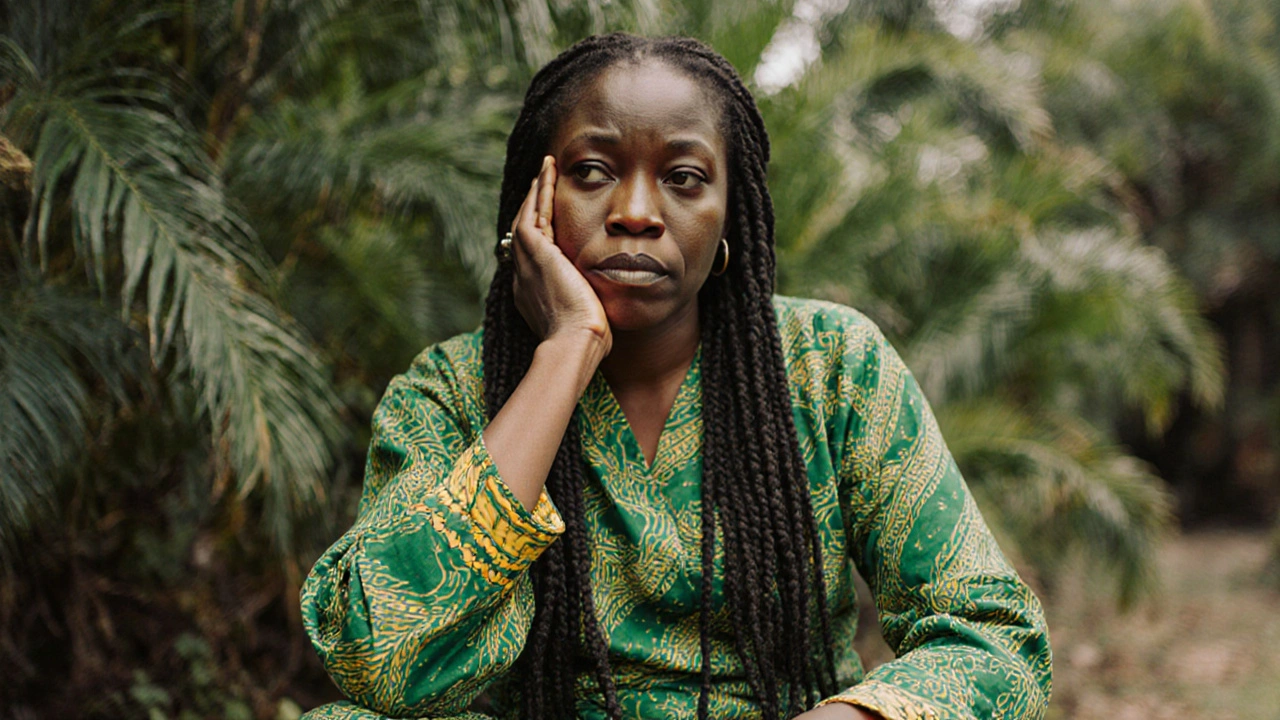Black Liberation Army
When studying Black Liberation Army, a 1970s militant group that split from the Black Panther Party and carried out armed actions against U.S. institutions. Also known as BLA, it grew out of frustration with slow legal reforms and sought direct confrontation. The movement was heavily shaped by the Black Panther Party, the broader revolutionary organization that promoted self‑defense and community programs, which provided both members and ideology. At the same time, the BLA’s tactics were a reaction to the FBI’s COINTELPRO, a covert counter‑intelligence program aimed at disrupting Black activist groups. Understanding these three entities helps map why the BLA chose the violent path it did and how it fit into the larger civil rights movement, the 1950s‑70s fight for racial equality and justice in the United States. The interplay of ideology, repression, and community anger created a volatile mix that still influences activism today.
One key attribute of the Black Liberation Army was its focus on prison activism. Members believed that incarcerated Black people were political prisoners, so they organized prison breaks, legal defenses, and communication networks inside jails. This prison‑rights angle linked the BLA to later movements like the Decarceration movement, a modern push to reduce mass incarceration and improve prison conditions. The BLA’s emphasis on armed self‑defense also pushed the conversation about what tactics are acceptable in a struggle for justice. While some critics labeled the group as terrorists, supporters argued that the state’s violent oppression left few peaceful options. This debate mirrors current discussions around protest tactics, police reform, and community safety.
Key Themes and Legacy
From a historical standpoint, the BLA illustrates how radical offshoots can emerge when mainstream movements stall. The group’s origins in the Black Panther Party show a branching where disillusioned activists pursued a more confrontational route. The BLA’s actions forced the U.S. government to allocate more resources to domestic surveillance, intensifying COINTELPRO’s scope and influencing later legislation such as the 1978 Omnibus Crime Control Act. In turn, the heightened repression fed into cultural productions—music, literature, and film—that kept the BLA’s story alive. Contemporary activists often cite the BLA when discussing self‑determination, especially in contexts where legal avenues feel closed.
Looking at the posts collected on this site, you’ll notice a blend of sports, politics, and cultural moments. That mix mirrors the BLA’s own intersection with everyday life: its members were often community organizers, athletes, or students who used their public visibility to spread the message. Articles about political figures like Shabana Mahmood or historical commemorations such as Memorial Day indirectly echo the same themes of representation, memory, and resistance that the BLA wrestled with. As you scroll further, you’ll find pieces that touch on grassroots organization, media strategy, and the power of identity—each a thread that, when woven together, paints a fuller picture of how militant activism fits into the broader fight for equality.
Now that you have a grounding in the BLA’s origins, tactics, and lasting influence, the articles below will dive deeper into specific incidents, personal stories, and the modern echoes of this movement. Browse through to see how history, politics, and culture intersect in unexpected ways, giving you a richer understanding of the Black Liberation Army’s place in the struggle for justice.

Assata Shakur Dies at 78 in Cuba: Former FBI Most-Wanted Activist Passes Away
Cuban officials confirmed that Assata Shakur, the former Black Liberation Army member who spent decades on the FBI's Most Wanted list, died on September 25, 2025, at age 78. The activist had lived in exile in Havana since the 1980s after a prison escape. Her death reignites debate over political asylum, extradition, and her place in civil‑rights history. Shakur's case remains a flashpoint in U.S.–Cuba relations.
More Detail